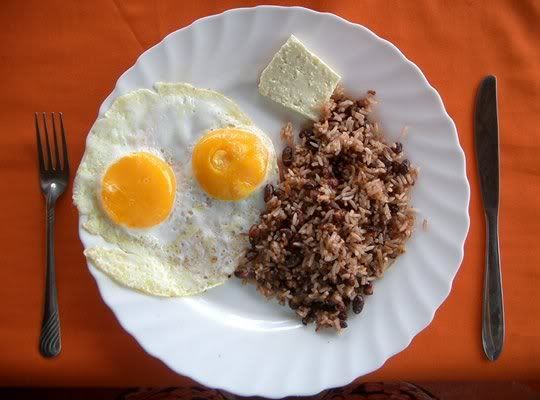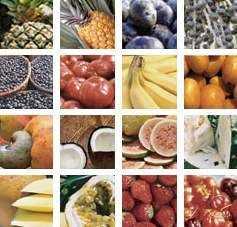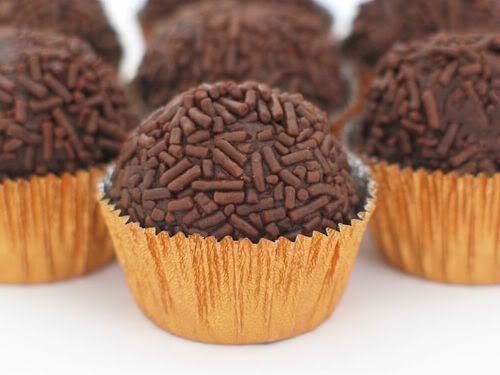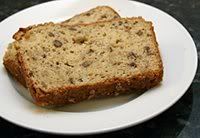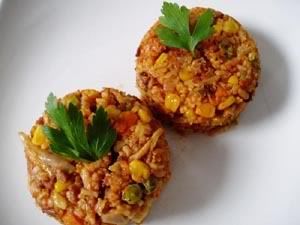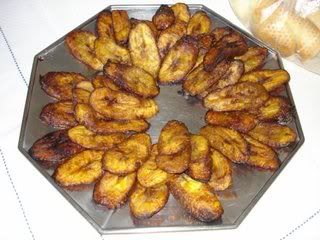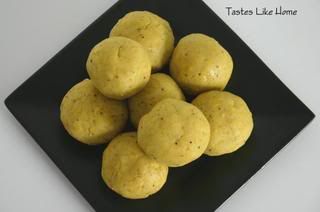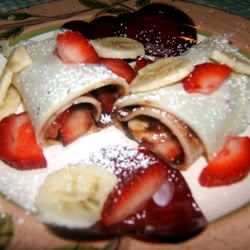Noël or Christmas is a widely celebrated holiday in France like in many other parts of the world. Christmas is celebrated on different days of December depending on the region of France, but most celebrate on Dec. 25th. Families will decorate their homes very festively, one way is by putting fruits, candies, nuts, and small toys on their tree for Santa. They also set up a manger to represent the Holy Family with little saints and other people part of the town. Children will put their shoes in front of the fireplace to hopefully receive some goodies from Santa on Christmas morning. Kids will also write letters to Santa with each child receiving a letter back from him. A popular event in France they have before Christmas are puppet shows, especially in Paris and Lyon. Then on Christmas Eve, some people will attend la Messe de Minuit (church) and then have a le Réveillon (Christmas feast) to symbolize the birth of Jesus Christ. Christmas dinner can vary depending on the region like in Burgundy, they feast on turkey with chestnuts, while others eat oysters and pat de foie gras. Most dishes have goose, turkey, chicken and for dessert they serve Buche de Nol or yule log (cake made with chocolate and chestnuts), la Galette des Rois (round cake that is passed out by a child), and many other cakes to be given to the less fortunate. After dinner, people will leave wine, food, and a fire burning if Virgin Mary comes that night. Here's a simple recipe to make your own yule log that some French use to save time:
Ingredients
18 Sugar Cookies
1 teaspoon powdered cocoa
8 oz. heavy cream
1 teaspoon powdered sugar
Colored sugars for decorating, or icings in a tube
A fork, a whisk, a mixing bowl, aluminium foil, and a large serving plate
Pour the heavy cream, sugar, and cocoa into the bowl.
Whisk cream until just stiff enough to stand up in peaks. Using about half of the prepared chololate cream, spread the whipped cream onto the cookies and sandwich them together to form a long roll.
Wrap the roll of cream and biscuits up in some aluminum foil and close up the ends.
Place the Yule Log into the refrigerator to set for 12-24 hours; cover and save the other half of the cream there as well.
Carefully unwrap the roll the next day and place the roll onto the plate and cover it with the rest of the cream.
Draw the fork tines across the cream to make the cream look like bark.
Sprinkle it with colored sugar and form snow and holly on top and cut servings between the cookies.
Bon appetit!
Next week will be on the Republic of Guinea culture and cuisine!
sources: http://hubpages.com/hub/The-Best-French-Christmas-Recipes,
http://french.about.com/cs/culture/a/christmas.htm
